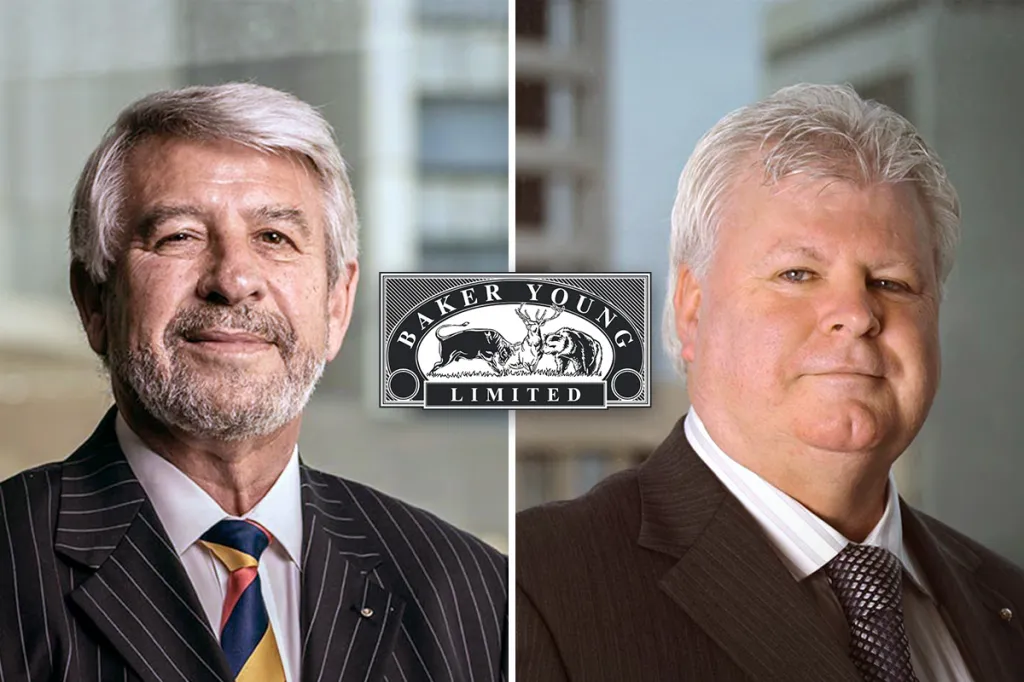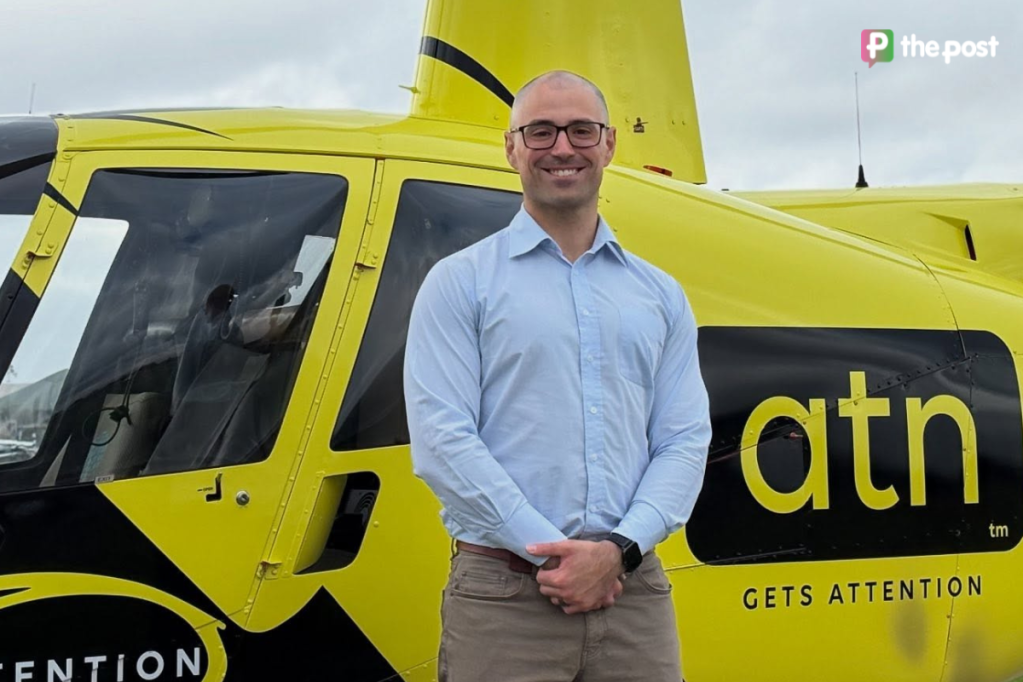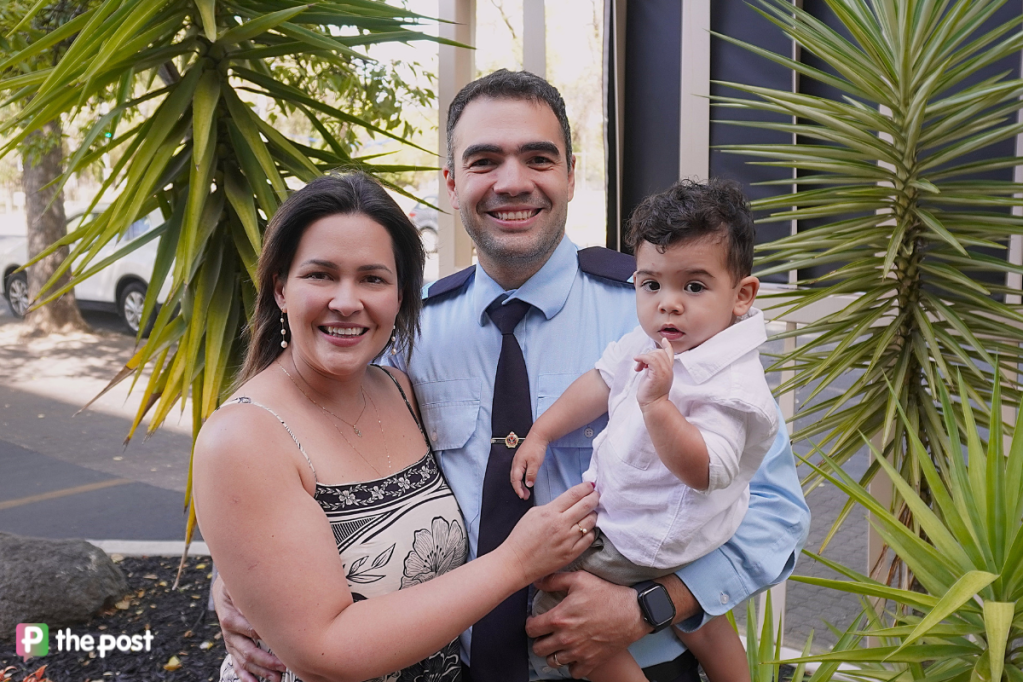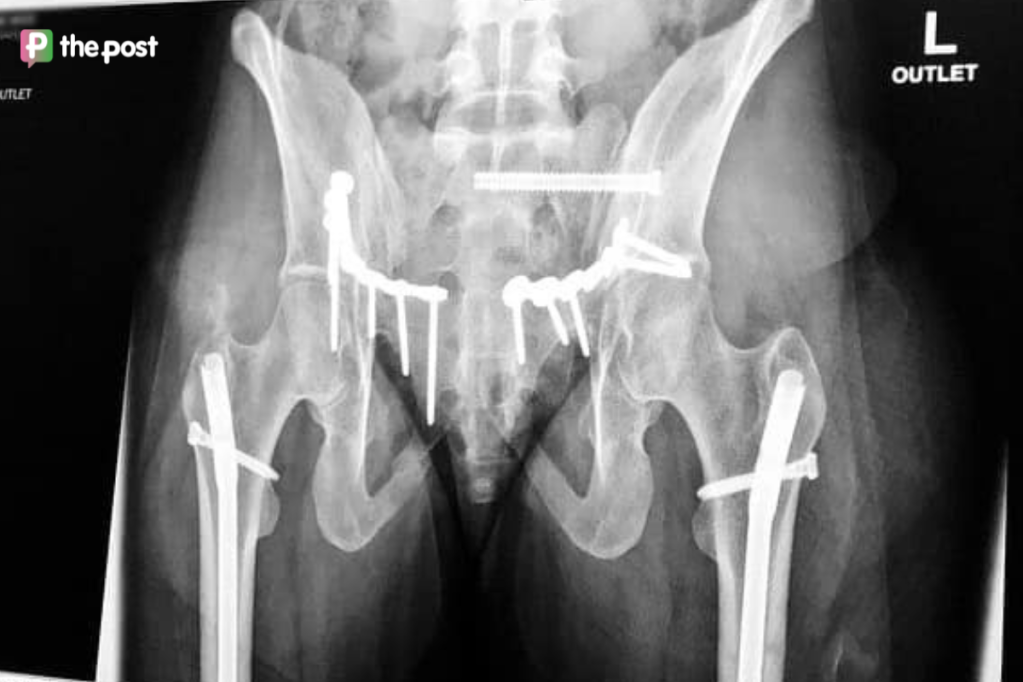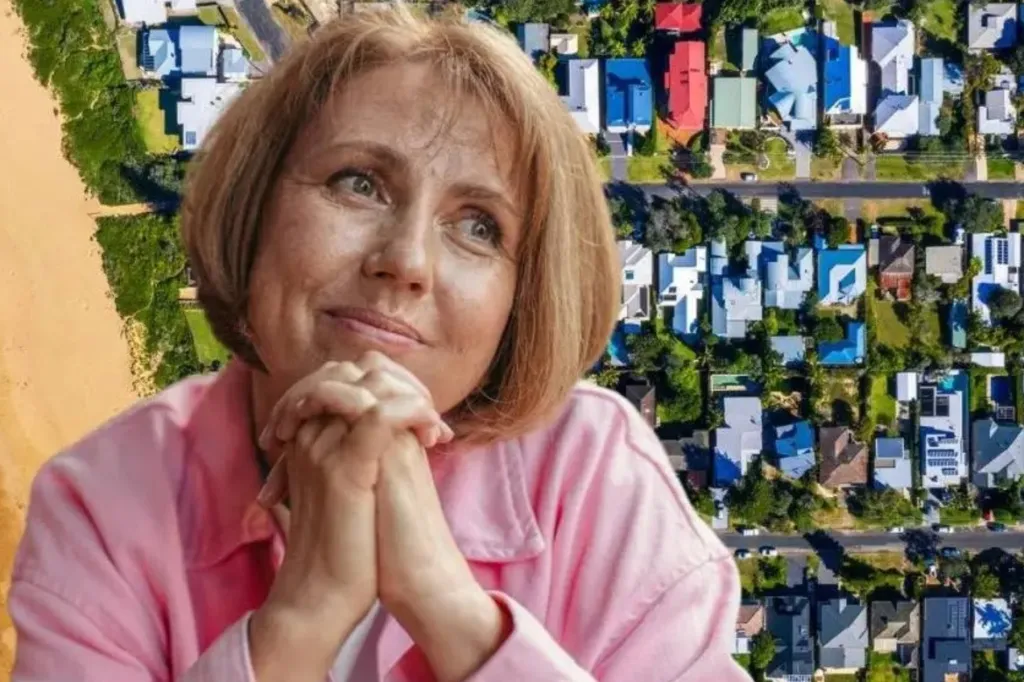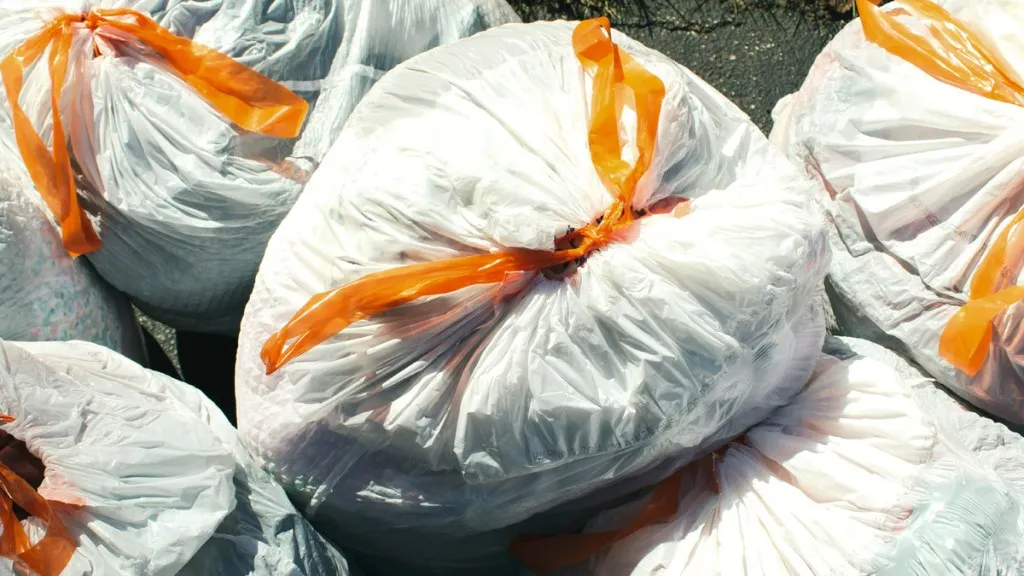Steve Maras goes beyond the East End
Adelaide Economic Development Agency chair and Maras Group CEO and managing director Steve Maras reflects on Adelaide’s economic growth and what’s next for our city.
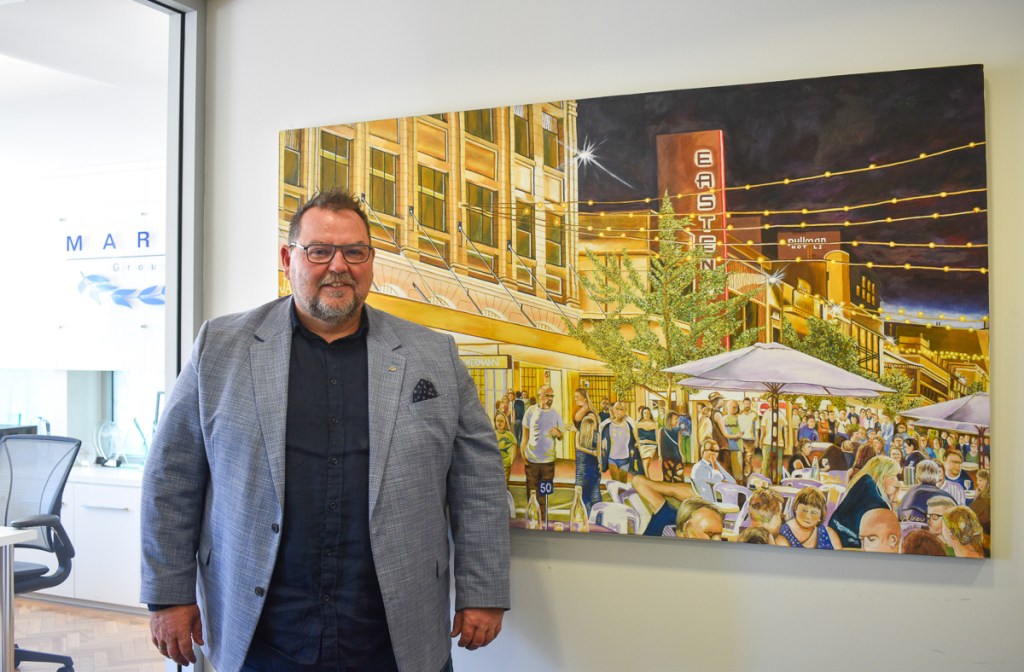
Steve Maras is a sentimentalist.
When InDaily visited the Maras Group office in Ebenezer Place, he pointed to a painting hanging in their boardroom.
“That was done in February 2020 by an artist [G Linou] who my father knows quite well, he [Linou] was sitting outside, this must have been the second or third week of the Fringe and he took that photo,” Maras said.
“I remember saying to my father at the time of that picture how good things are economically, how well the city’s travelling, how well the East End is travelling and then Covid hit.”
After the COVID restrictions were lifted, Linou sold the painting to the Maras’, who bought it because it symbolised a moment in time when the CBD was thriving.
Despite the uncertainty that followed and the cost of operating crisis still lingering, Maras said the city is bouncing back.
“There is no better place in the world to be than being at the Adelaide Fringe in February/March in Adelaide,” he said.
“When you put a festival on in Adelaide, I’ve always said this, we’re the best in the country at doing it and people turn up.”
You might like
This month, Maras succeeded Nikki Govan as the chair of the Adelaide Economic Development Agency (AEDA).
He’s served as deputy chair and board member of AEDA since 2021 and has brought extensive experience to the role as group managing director and CEO of commercial and retail property development firm Maras Group. Formerly, he’s held roles as president of the Property Council and chairman of Renew Adelaide.
The AEDA is tasked with stimulating the city’s economic growth by attracting investment in the city, promoting residential growth, providing business advice and offering grants, partnerships and other incentives to eligible organisations.
The Maras group’s extensive portfolio includes the Rundle Street East area, encompassing Ebenezer Place and Vardon Ave, where they manage about 18 properties with a mix of single and multi-tenant buildings.
Maras said part of AEDA’s strategy is to identify the strengths of each city precinct and nurture that.
“We don’t want everywhere to be like the East End, we want every precinct to have its own identity,” he said.
A key driver in economic growth Maras has seen applied in both the East and West End are laneways.
“We never had laneways like what we’ve created back here. Your Peel streets and your Leigh streets, that takes time to create, and then it changes, and it evolves,” he said.
“I never thought Vardon Avenue would become what it’s become now. You go there on a Friday night or Saturday night, you cannot get a seat, it’s mayhem.
Stay informed, daily
“As much as we want to go back to the past, we’ll never go back to the past, but you always take lessons from how a street has changed.”

People dining outside and stalls at the Ebenezer Night Markets in Adelaide. This picture: Johnny Von Einem/CityMag
According to data from AEDA, Maras said almost 390,000 people come into the city daily.
“The average business looking to come into Adelaide or into the Adelaide CBD would not know that, so they’re the sort of things that [AEDA] are putting out there, so people are aware we’re not just a little sleepy town anymore,” he said.
“We’re a bit more substantial than that, the city-wide spend again from November 23 to October 24 was $4.11 billion, and that’s growing over time.
“518 new businesses have come into the city over the last 12 months, so yes, we’ve lost business, we’ve had businesses close down, but 518 new businesses, I think, it’s a telling statistic.”
Maras recalled Splash Adelaide – an initiative from the Adelaide City Council to foster entrepreneurial projects – Renew Adelaide, and the Weatherill government’s 2013 small bar legislation as key catalysts that boosted city activity.
“We’ve got a magnificent team of people at AEDA and I’m looking for the icebreaker, the next Renew Adelaide, the next legislative change that’s going to unlock something for the city, those sorts of things,” Maras said.
Maras grew up spending time in the city and he’s naturally continued doing so into adulthood. He hopes the next generation of young people will do the same.
“People say, why do you want kids in the city? Because I think having children and kids boosts just the sentiment of activity within a city, give the kids places to go that parents will bring them in,” he said.
“If you’re not sort of brought up with that city culture, you’re less likely, as time goes on, to want to live in the city, to work in the city, or recreate in the city, but if you become familiar with it, you’re more likely to connect and then continue that sort of affiliation down the track.
“When I was a kid, the city was such a fun place to come to like we used to love or look forward to coming into the city because we had so much to do.
“There were cinemas everywhere, 10-pin bowling, the amusement arcades in Hindley Street, there’s a lot about the past that we’ve lost, we’ve lost children and kids in the city.
“We used to have roller skating, ice skating, we’ve lost it, and it’s sad, because I’m a sentimentalist, and I love all of that.”
